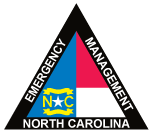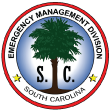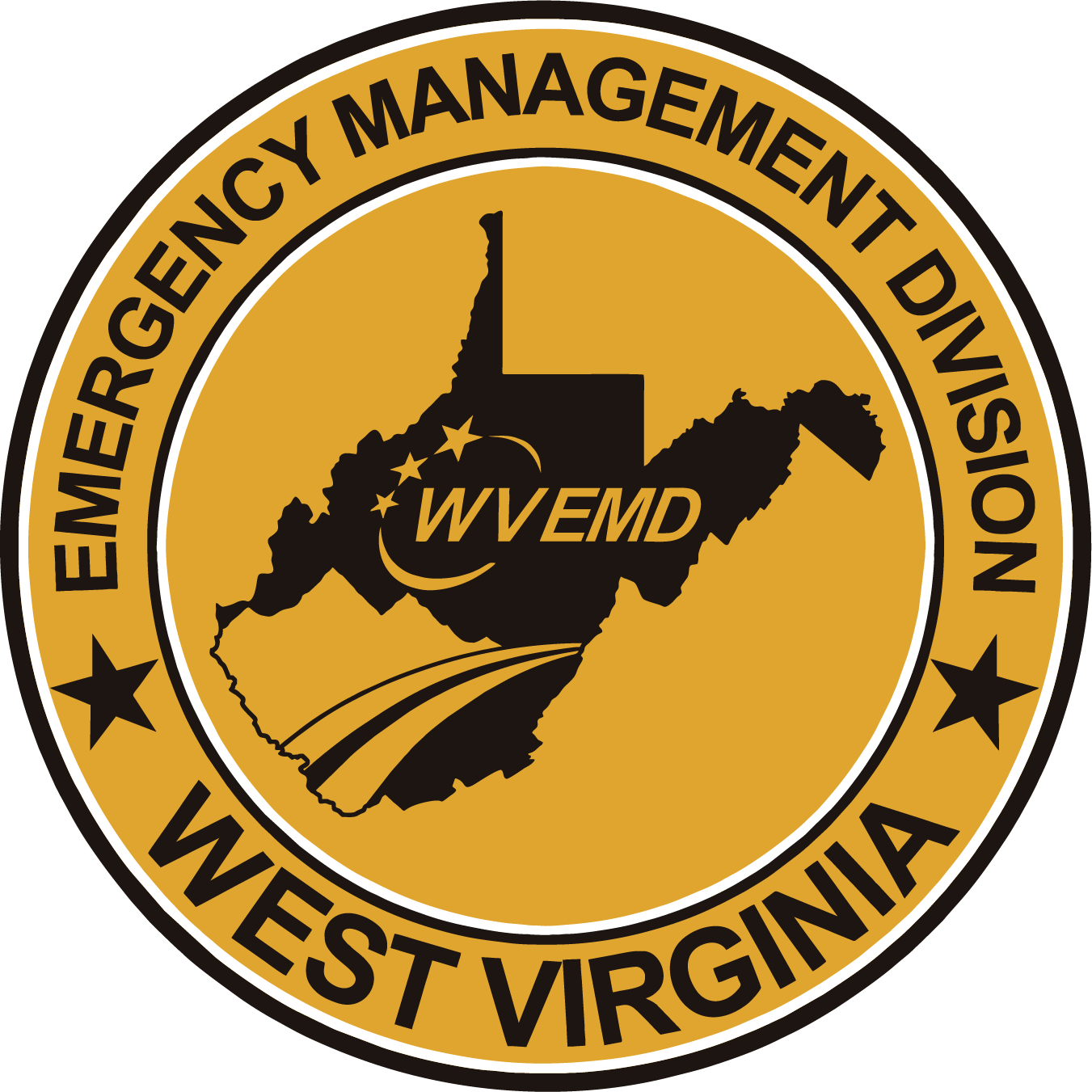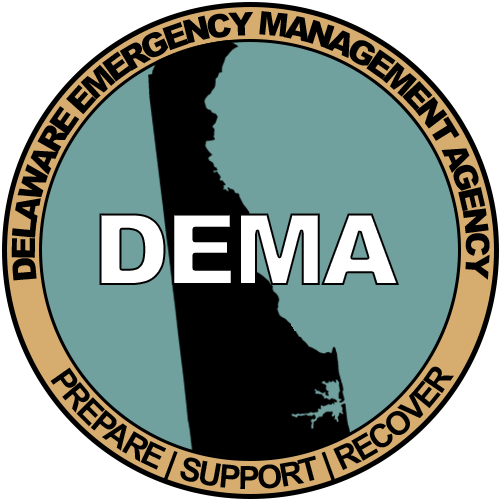- ▾ Other ShakeOuts ▾
- Alaska
- American Samoa
- Arizona
- British Columbia
- California
- Central U.S. (AL AR IA IL IN KS KY LA MO MS NE OH OK TN)
- CNMI
- Colorado
- Guam
- Hawaii
- Idaho
- Japan
- Montana
- Nevada
- New Mexico
- New Zealand
- NorthEast U.S. (CT MA ME NH NJ NY PA RI VT)
- Oregon
- Puerto Rico
- Quebec & Eastern Ontario
- SouthEast U.S. (DC DE FL GA MD NC SC VA WV)
- Texas
- Upper MidWest U.S. (MI MN ND SD WI)
- U.S. Virgin Islands
- Utah
- Washington State
- Wyoming
- Yukon
- Other Countries

North Carolina
The Great SouthEast ShakeOut is a multi-state earthquake drill spanning much of the southeastern United States. ShakeOut activities for North Carolina are supported by North Carolina Emergency Management. Earthquake information for North Carolina is provided below.
Points of Contact
North Carolina Emergency Management
Laura Silver, Meteorologist/Planner
Email: laura.silver@ncdps.gov
Phone: (984) 272-7002
Brian Haines, Public Information Officer
Email: brian.haines@ncdps.org
Phone: (919) 825-2390
Federal Emergency Management Agency, Region IV
Noriko Kibble, FEMA Region IV
Email: noriko.kibble@fema.dhs.gov
Phone: (770) 220-8870
ReadyNC: readync.org
PARTICIPANTS
people are currently registered to participate in this year's Great SouthEast ShakeOut Drill.
are from North Carolina
Number of North Carolina participants in each category
View names of participants:
North Caorlina EARTHQUAKE HAZARDS
North Carolina Geological Survey
North Carolina Geological Survey Earthquakes Page
The earliest North Carolina earthquake on record is that of March 8, 1735, near Bath. This event was probably less than intensity V. On February 21, 1774, a sharp shock was felt over much of Virginia and southward into North Carolina. Reports from Winston-Salem indicate that this earthquake was felt quite noticeably.
The great earthquakes of 1811 -1812 centered in the Mississippi Valley near New Madrid, Missouri, were felt throughout North Carolina. Intensity VI effects were observed in the western part of the State. The relatively small amount of damage caused by the New Madrid earthquakes is attributable to the low population density.
Among the most interesting events in North Carolina's earthquake history was a series of explosive shocks in the McDowell County area in 1874. There were at least 75 earthquakes between February 10 and April 17. The shocks were felt over an area about 40 kilometers in diameter. Although the tremors caused stout log buildings to shake violently at times, no damage was noted (intensity V).
A minor earthquake on December 13, 1879, awakened persons in Charlotte, Pineville, Providence, and Sharon (intensity V). The tremor was preceded by a light foreshock the previous day. An earthquake shook houses in Wilmington on January 18, 1884. In addition, crockery was thrown from shelves (intensity V). On August 6, 1885, houses rocked violently and dishes rattled near Blowing Rock. A noise like thunder was reported at Boone (intensity IV - V).
The most property damage in North Carolina ever attributed to an earthquake was caused by the August 31, 1886, Charleston, South Carolina, shock. Severe damage occurred in Charleston and in an area within a radius of 160 kilometers. About 60 people were killed in the epicentral area. A number of places in North Carolina had chimneys thrown down, fallen plaster and cracked walls. These included Abbottsburg, Charlotte, Elizabethtown, Henderson, Hillsborough, Raleigh, Waynesville, and Whiteville.
Chimneys were reported to have been thrown down at Raleigh from an earthquake centered in Giles County, Virginia, in May 31, 1897. One Chimney was thrown down at Kings Mountain from a shock in Union County, South Carolina, on January 1, 1913. This earthquake was felt at Raleigh more than 300 kilometers away.
An October 29, 1915, shock near Marshall awakened many people in that area and at Asheville (intensity V). Two distinct shocks were reported felt at Asheville. On February 21, 1916, the Asheville area was the center for an earthquake classed as one of the largest that has occurred within the borders of North Carolina during historic times. Damage from the shock (intensity VI) was limited to cracked plaster and falling crockery and (at Sevierville, Tennessee) bricks shaken from chimneys. However, the felt area extended into Alabama, Georgia, Kentucky, South Carolina, Tennessee, and Virginia - about 518,000 square kilometers. Another earthquake centered west of Winston-Salem was felt noticeably on August 26, 1916. Highest intensities (V) were reported from Statesville and Taylorsville. The total felt area covered about 9,800 square kilometers.
Significant damage was noted over a small, localized area of southern Mitchell County from a shock on July 8, 1926. A building foundation and chimneys were reportedly cracked (intensity VI), a water pipeline broke, and glassware was displaced. Some damage in upper stories of buildings at Asheville occurred from a November 2, 1928, tremor. Walls were cracked (intensity VI) and bookcases were upset. A mild panic was created in one theater. Some floors were cracked, dishes thrown from shelves, and a heavy safe moved on its rollers. The location of the epicenter is somewhat uncertain but it was in the North Carolina - Tennessee border region. The tremor was also felt in parts of Alabama, Georgia, Kentucky, and Virginia, more than 100,000 square kilometers.
On January 1, 1935, an earthquake centered in an area bordering southwestern North Carolina and northern Georgia caused slight damage at Almond and Gary, North Carolina, and at Dahlonega, Georgia. The total felt area include about 18,000 square kilometers. In 1957, two earthquakes, about 6 weeks apart, caused minor damage in separate areas of western North Carolina. The first shock, on May 13, resulted in cracked plaster at Micaville and Nebo (intensity VI). A sprinkler pipe was shaken loose in a factory at Woodlawn and books fell from school library shelves. The tremor was felt over an area of about 21,000 square kilometers, including a few places in South Carolina. The second shock, on July 2, 1957, caused a few cracked chimneys, cracked walls, and cracked plaster at Asheville, Marshall, Swannanoa, and Weaverville (intensity VI). This earthquake was felt strongly in Buncombe and Madison counties.
A shock occurred on March 5, 1958, in the Wilmington area near the same place as the 1884 tremor previously mentioned. Many were awakened along the coast from Hampstead to Kure Beach and as far as 30 kilometers inland (intensity V). Press reports indicated that houses shook and some people were rolled out of bed.
On December 13, 1969, a minor earthquake with a noise like a sonic boom awakened many at Glenville (intensity V). At Pickens, South Carolina, windows, doors, and dishes rattled slightly and many in the community were awakened. Moderate rumbling earth noises were heard. The shook affected an area of about 9,000 square kilometers in the two States. A similar earthquake occurred September 9, 1970, in the region around Boone. Slight damage from this shock was noted at Boone and Zionville (intensity V). Intensity V effects were also noted at Blowing Rock, Deep Gap, Newhope, Patterson, and Sugar Grove.
Abridged from Earthquake Information Bulletin, Volume 7, Number 5, September - October 1975, by Carl A. von Hake.











